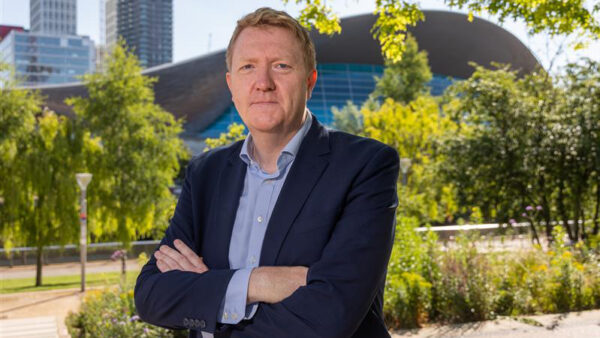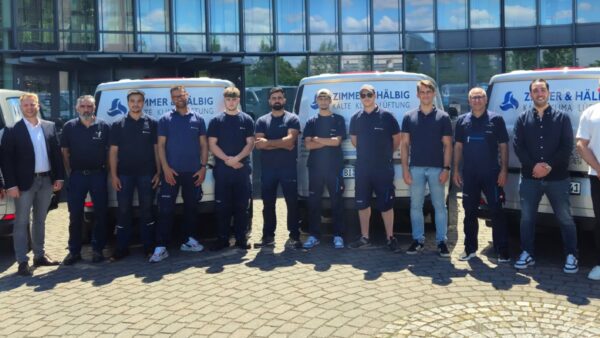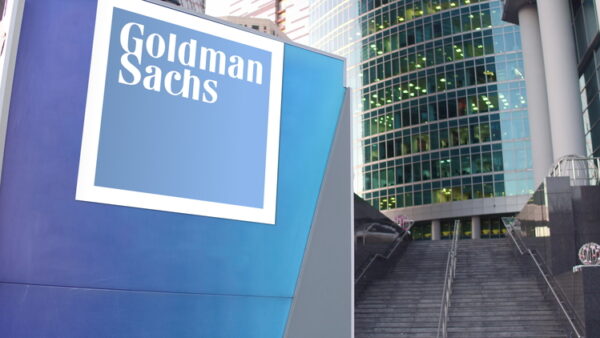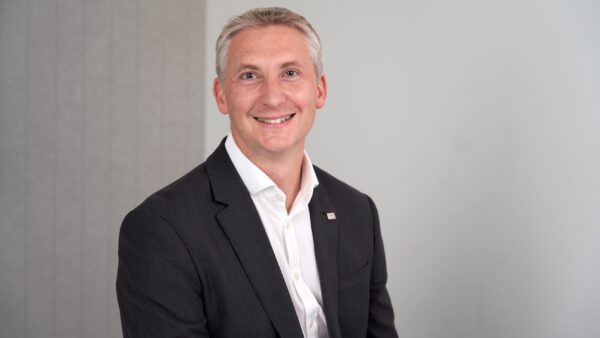ABB, the Zürich based electrical engineer, has completed a programme of disposals and is now looking to concentrate on improving the profitability of its power transmission business and the performance of its shares, after which it will consider making “medium sized” acquisitions in certain area with a total value of about $4bn.
The firm’s strategy was outlined by Ulrich Spiesshofer, its chief executive during the firm’s Capital Markets day in London at the end of last week. He said that the company’s previous acquisitions had left it with a number of non-core assets; most recently, it sold a steel-structures unit that it picked up along with an American maker of low-voltage equipment called Thomas & Betts. Altogether, ABB has now made $1bn from these sales.
The firm, which is the world’s largest maker of power grid equipment, now intends to spend $4bn on buying back shares to support its price. The price of ABB’s shares has lagged behind other blue-chip Swiss companies, as well as rivals such as Siemens and General Electrics. The company will purchase the shares, which amount to about 8% of its market capitalisation, over two years. This move follows in the wake of Siemens decision to launch a $5.1bn share buyback, and Rolls-Royce’s announcement of a $1.6bn programme.
A more difficult task will be to revive the fortunes of its power equipment division in the face of a decline in demand among European utilities. The difficult market has already forced French company Alstom to pass most of its generating equipment business to US giant General Electric. One particular problem has been delays to renewable energy projects, which have been a particular focus of ABB’s in recent years. However, Mr Spiesshofer repeated his determination to overhaul the business rather than following Alstom’s example, and he has hired consultant AlixPartners to help with the turnaround.
It also has to deal with competition from Siemens; Joe Kaeser, the Munich-based engineer’s new chief executive, has said he will challenge his Swiss rival in its traditional strengths of electrification and automation; it also has to deal with General Electric, which is now armed with Alstom’s manufacturing plant.
ABB’s response is to seek growth in targeted areas, such as robotics and smart grids. Earlier this month the firm gave reporters a first glimpse of YuMi, which it says is the world’s first “collaborative” robot. That will be officially launched at the Hanover Messe next April. It will also look to increase revenue from services and software.
It also looks likely to look for acquisition opportunities in the US, where its orders rose 29% in the second quarter of this year. In recent years, ABB has made $11bn of acquisitions in America, and that trend looks likely to continue once Spiesshofer has put his house in order. Altogether, the Americas contributed 29% of the company’s $42bn turnover in 2013.
ABB is now targeting average revenue growth of 4% to 7% a year between 2015 and 2020, which is faster than the growth rate forecast in the wider power and technology market.
ABB last week won a $800m order from Scottish Hydro Electric to provide a high-voltage power transmission link across the Moray Firth in north-eastern Scotland.
The grid, which is due to commence operations in 2018, was developed to accommodate the growth in renewable energy generation in the area. About 1.2GW of wind, wave and tidal energy will be connected to the system. The project represents the largest investment in northern Scotland’s energy security since the hydroelectric programme in the 1950s.
Under the deal, ABB will also provide the submarine and underground cables covering a total transmission length of nearly 160 kilometers.
The order comes after the Office of Gas and Electricity Markets, which regulates the UK power market, ruled that there was a need for a link to connect the electricity grids on either side of the estuary.
Picture: The man with the plan: Ulrich Spiesshofer, ABB’s chief executive (Source: asdfce/CERN)






